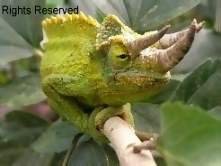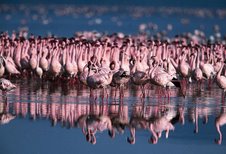The little known El molo tribe is the smallest tribe in Kenya living on the southeastern shore of Lake Turkana. El molo's total population is about 4000 people but pure Elmolo people are very few. The name El molo came from a Maasai Phrase meaning "Those who make a living from other sources other than cattle".
The Samburu name for El molo is "loo molo onsikirri" which means "the people who eat fish". Unlike the Turkana and the Samburu, the El molo do not depend on livestock for their livelihood. Their main diet is fish and occasionally crocodile and hippo from Lake Turkana. They live in small huts made of the doum palm fronds with supports made from the few acacia trees available. They dress following Samburu custom- beads and goat or fish skins, incorporating many of the lake artifacts such as fish bones and teeth.
The elder still dress traditionally, the youngest wearing the traditional 'selah' and the school age youth dress mostly western. Life expectancy is short due to their diet and health problems with people usually living up to 35-45 years. Women and children have high mortality late while men engage in dangerous fishing and hunting activities. Their social customs have also contributed into their low population.
PKP- Kenya Safari desk
Natural Track Safaris








